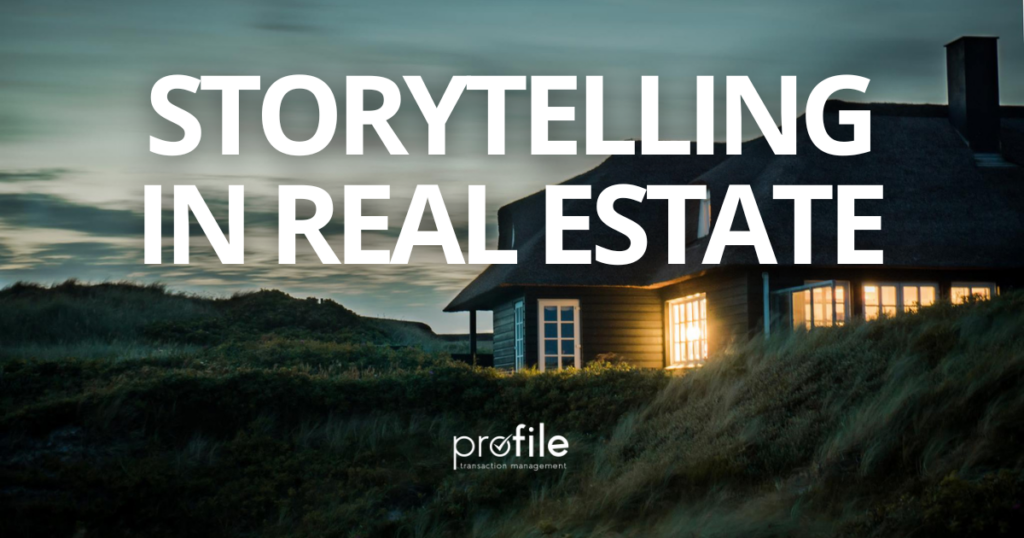When potential buyers scroll through listings, they’re bombarded with facts—square footage, the number of bedrooms, and details on recent renovations. While these statistics are essential, they rarely resonate on a personal level. Storytelling, however, speaks to the heart and stirs the imagination. It transforms a house into a home by helping buyers picture themselves living there, raising families, hosting gatherings, and making lifelong memories.
Studies show that people are more likely to remember and act on information tied to emotions. By using storytelling to highlight the unique lifestyle a property offers, agents can create a memorable listing that stands out in buyers’ minds.
How to Incorporate Storytelling Into Listings
Start With a Narrative Hook
Every great story needs an attention-grabbing beginning. Instead of leading with facts, open your listing with a vivid description of a key feature or experience the home offers. For example, rather than “3-bedroom home with a large yard,” try something like, “Imagine summer evenings spent lounging in your private, sun-soaked garden, or cozy nights by the fireplace with friends and family.”
Create a Sense of Place
Highlight what makes the neighborhood or community special. Is the home within walking distance to charming cafes or scenic parks? Does the area have a history that will intrigue buyers? Contextualizing the property helps buyers see how their lifestyle might fit into the broader community.
Bring Features to Life Through Emotions
Rather than simply listing features like “spacious kitchen” or “modern master bath,” show buyers what those features offer in terms of experience. For example, “A kitchen where you can gather around the island for casual breakfasts, with sunlight pouring through the bay window,” paints a picture of warmth and togetherness.
Tell the Home’s Story
Every home has a story, whether it’s a newly built property with cutting-edge design or a vintage home full of character and charm. Share the home’s history or what inspired its design. Buyers love to know that a home has been well-loved or thoughtfully crafted.
Visualize the Future
Help potential buyers see themselves in the space by illustrating possible futures. “This sun-drenched living room is perfect for weekend mornings with coffee and a good book,” or “With a backyard built for barbecues, your summers will be filled with laughter and fun.” These statements tap into the emotions buyers feel when imagining their lives unfolding in a new home.
Why Storytelling Makes a Difference

By telling a story, you’re not just selling four walls and a roof—you’re selling a dream, a lifestyle, and the possibilities that come with it. When buyers feel emotionally connected to a home, they’re more likely to take the next step, schedule a showing, and ultimately make an offer. They’ll remember how they felt reading your listing, and those emotions can drive their decision-making process.
Incorporating storytelling into your listings doesn’t mean abandoning key details or market data. Instead, it’s about blending essential facts with a narrative that evokes curiosity and connection. In a crowded market, the ability to paint a vivid picture can set you apart from other agents, making your listings more attractive and memorable.
Final Thoughts
In a digital world where buyers are often searching for homes online, your listing needs to grab attention quickly and stand out among the rest. By using storytelling to appeal to buyers’ emotions, you can create a connection that makes them want to learn more. It’s not just about selling houses—it’s about selling the lifestyle and dreams that come with them.
Incorporate storytelling into your next listing and see how it transforms the way buyers respond. After all, people don’t just buy properties—they invest in the stories that they can create within them.


